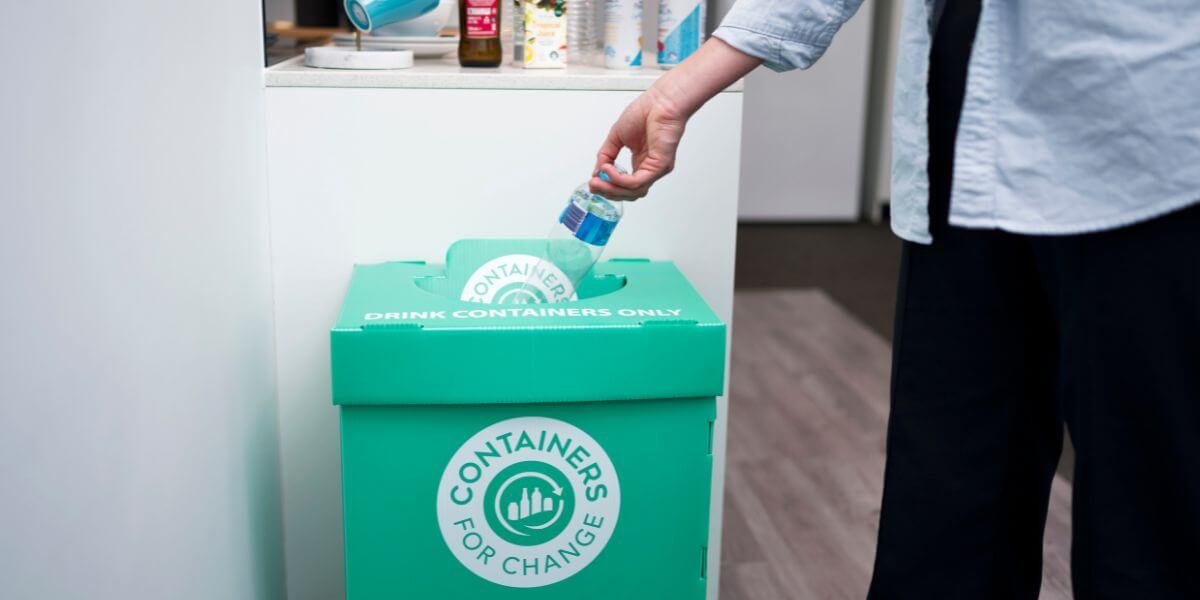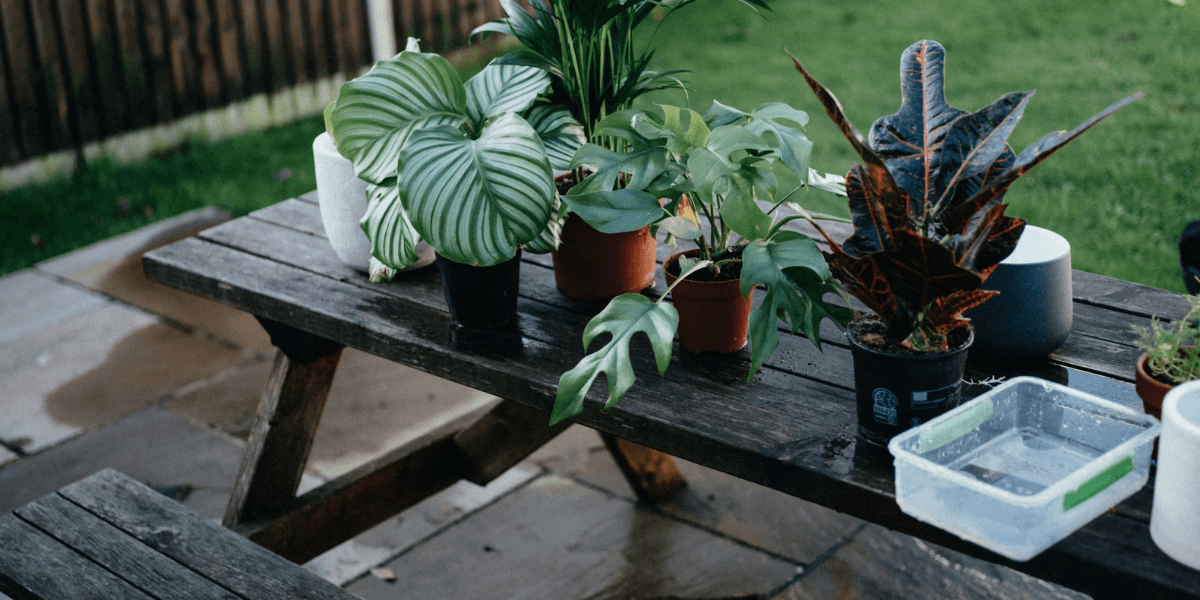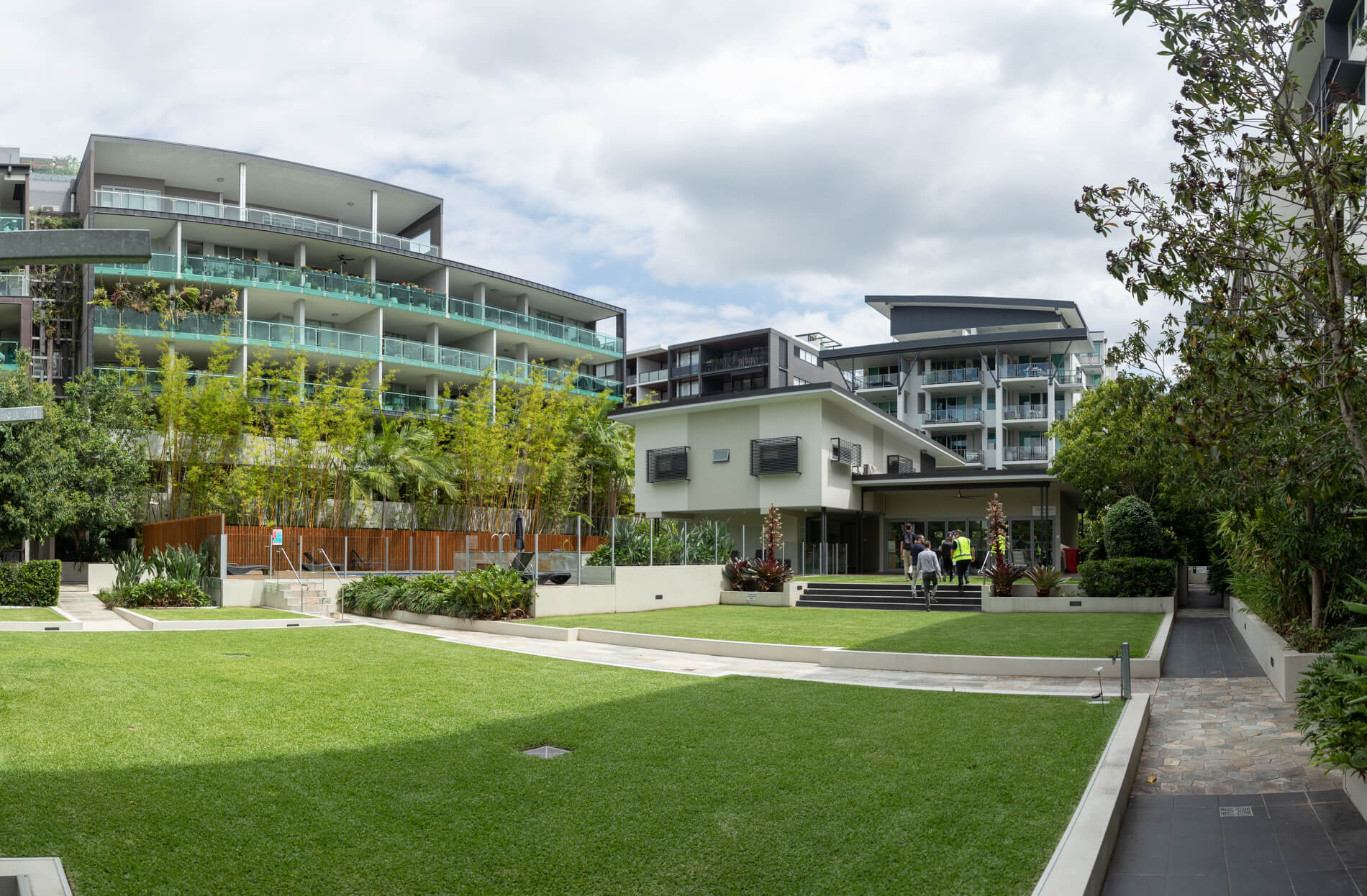REDUCE EMISSIONS, SUSTAINABLE LIVING
The why and how of taking low-carbon action
There’s a lot of talk about ‘low carbon’ and ‘greenhouse gas emissions’, but what do these terms actually mean? By understanding the concept of carbon emissions and their impacts, you’ll be better equipped to make informed decisions and take effective steps toward reducing your carbon footprint.
What are carbon emissions?
Carbon emissions refer to the release of carbon dioxide (CO2) into the atmosphere. These emissions primarily come from the burning of fossil fuels, industrial processes, agriculture, transport and deforestation. Everyday activities, such as using electricity generated from coal, driving petrol-fuelled cars, or disposing of rubbish that will go to landfill, all contribute to carbon emissions. Understanding where carbon emissions come from is crucial in identifying ways to reduce our carbon footprint.
Take the Brisbane Carbon Challenge to understand where your household carbon emissions come from.
What are greenhouse gas emissions?
Greenhouse gas (GHG) emissions is the name given to all the different gases in our atmosphere that contribute to a warming effect by trapping the sun’s heat in our climate system. They get their name because they create a consistent warming effect, much like a backyard greenhouse, but for our whole planet. Carbon dioxide is the most abundant GHG and so the two terms carbon emissions and GHG emissions are often used interchangeably. However, there are other GHGs in our atmosphere, such as methane and nitrous oxide.
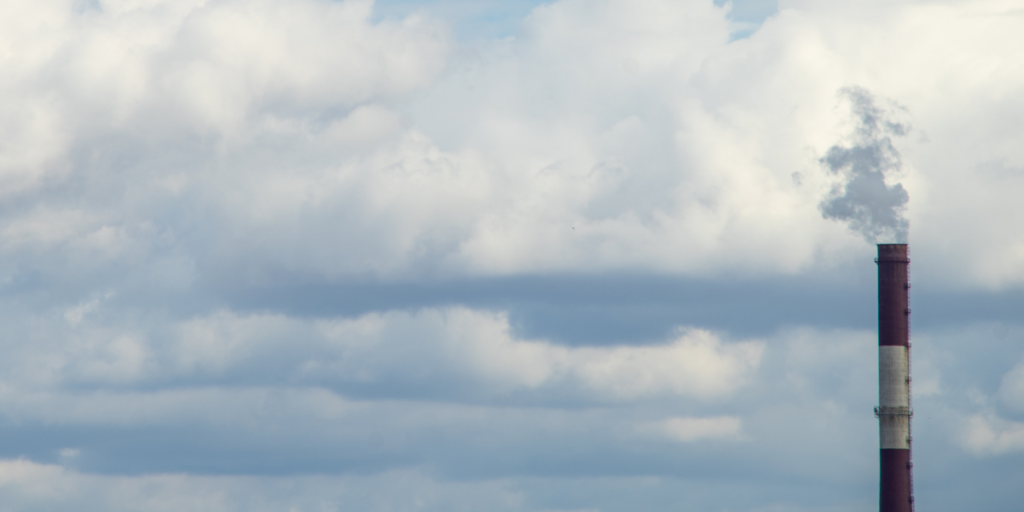
Are greenhouse gases bad for our planet?
No. Greenhouse gases naturally occur in our planetary system and play a vital role in creating a warm and consistent climate that has supported human life on the planet for over 12,000 years. However, excessive GHG emissions can lead to the trapping of too much heat in the atmosphere, resulting in rising global average temperatures. This phenomenon, known as the ‘enhanced’ greenhouse effect, has a range of environmental impacts, including more frequent extreme weather events, rising sea levels and widespread environmental degradation.
Carbon emissions from human activities are now higher than ever, with data showing that global CO2 emissions in 2022 were 182 times higher than they were in 1850 (Industrial Revolution).
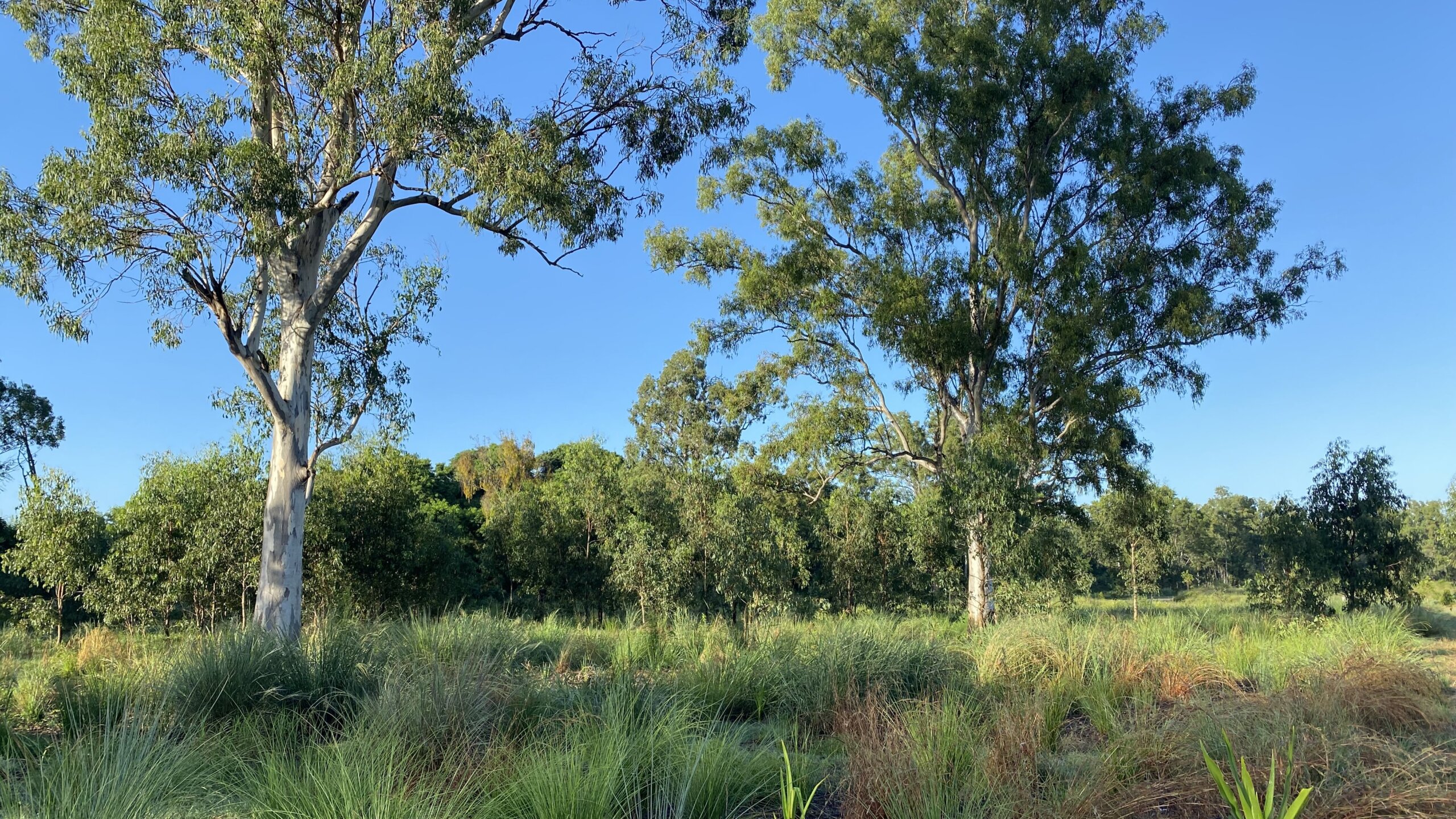
“But if emissions are causing a warming effect, why is winter still really cold?”
Watch this video from the BBC with a great explanation on weather vs climate.
The carbon footprint of a Brisbane household
Let’s take a closer look at how households contribute to carbon emissions:
Home energy use:
Home energy accounts for 47% of the carbon footprint of an average Brisbane household, with electricity consumption being the primary source of energy carbon emissions. When households use electricity and gas derived from fossil fuels, carbon dioxide is released into the atmosphere, contributing significantly to greenhouse gas emissions.
Transportation:
Transport is one of the biggest sources of carbon emissions for a typical Brisbane household, accounting for 48% of their carbon footprint. Those carbon emissions mainly come from personal vehicle use as petrol and diesel engines emit CO2 and other greenhouse gases.
Waste:
Waste management processes contribute to GHG emissions, and waste in landfill continues to generate carbon emissions over time. About half of what Queenslanders throw away in their wheelie bin each week consists of organic materials such as food, paper, and green waste. However, these materials cannot properly break down in landfills due to the lack of oxygen, leading to the emission of methane, a potent greenhouse gas.
By understanding how everyday activities contribute to carbon emissions, you can make informed decisions and implement practical actions that significantly reduce your carbon footprint.
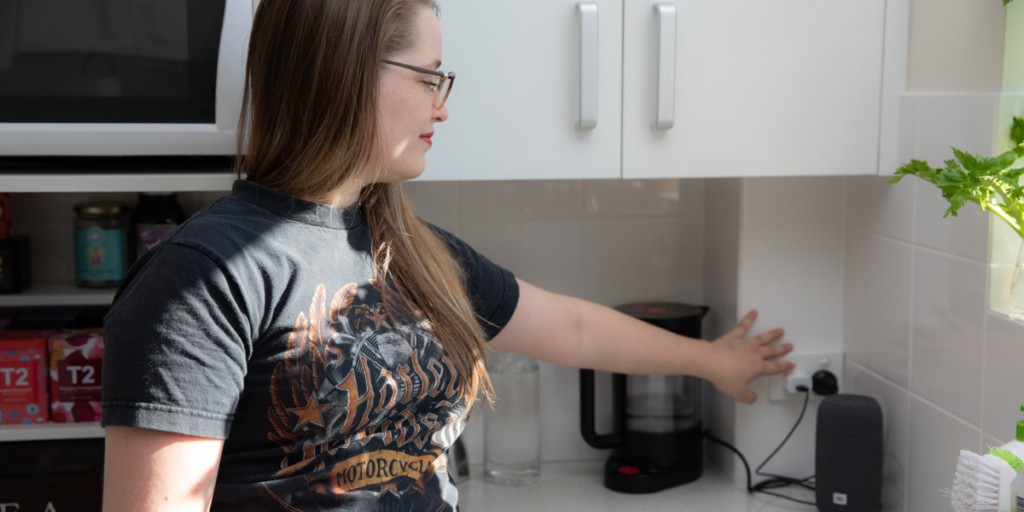
Low-carbon actions you can take today!
Understanding carbon emissions is just the first step. There are a range of carbon reduction actions to suit all homes, budgets and lifestyles, many of which can also be good for your health and help save on bills. Here are a few easy actions you can take right now:
- Switch to a GreenPower plan to use 100% renewable energy.
- Swap a car trip for active travel or public transport.
- Reduce your food waste and compost organic waste.
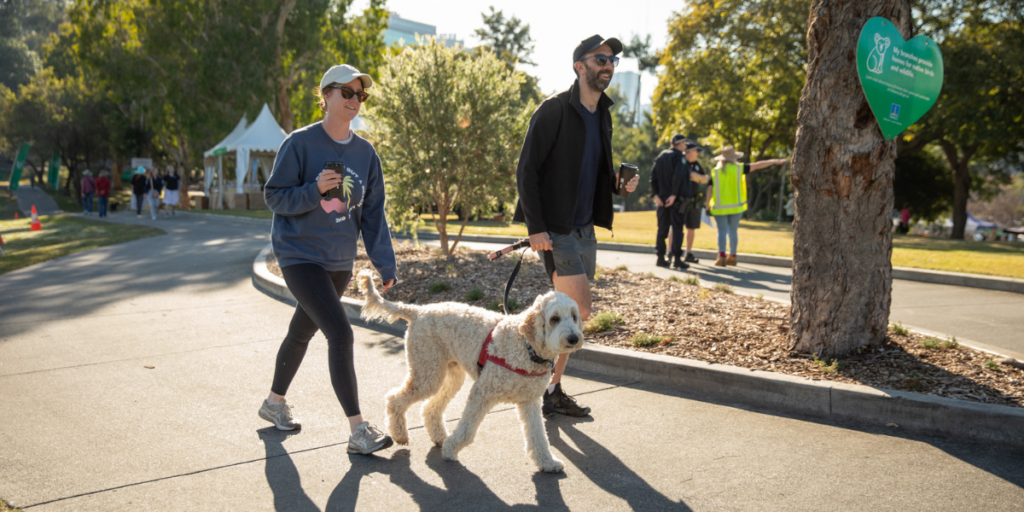
Low-carbon success stories
Ian and Mandy Gittus, along with their teenage children, joined the Brisbane Carbon Challenge during their 1970s West Brisbane house renovation with the goal of becoming more sustainable.
The Gittuses’ low-carbon action plan included planning meals and storing food to reduce food waste, upgrading old lights to LEDs, adopting eco-driving techniques, installing solar power and adding roof insulation. They also started feeding food scraps to backyard chickens, increased their active travel trips, and took the habit of switching off appliances at the wall when not in use.
These measures collectively resulted in a remarkable 45% reduction in their household carbon emissions, translating to a savings of over 8 tonnes of CO2 annually.
Read more on their journey here.
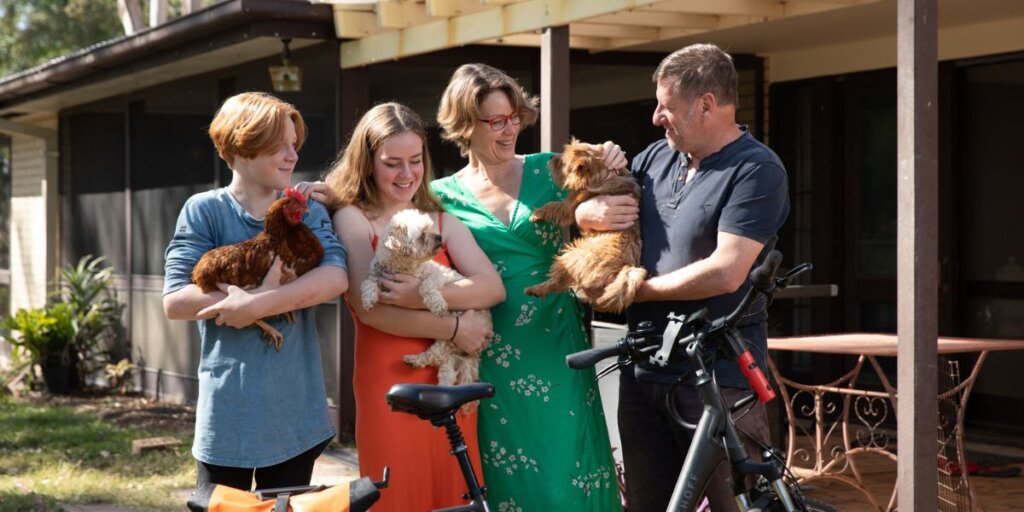
Take the Brisbane Carbon Challenge today to calculate your household carbon emissions and create a personalised low-carbon action plan to reduce your household carbon footprint and save on bills.
The author

Amy Goodwin-Webster
Amy is a communications specialist at Brisbane Sustainability Agency and is passionate about supporting people to live mindfully of the environment and changing climate – all while constantly struggling to keep her plants alive.


